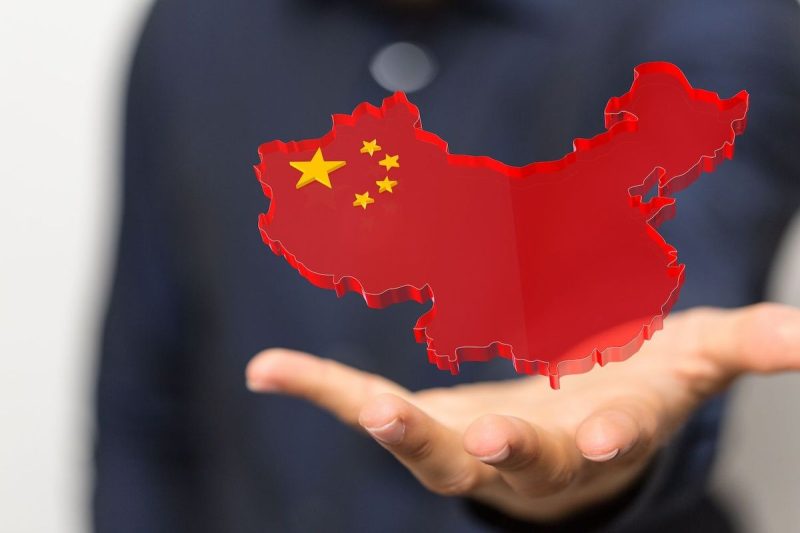

China has moved to ease its export chokehold on rare earths, with its Ministry of Commerce announcing over the weekend that it will establish a “green channel” to fast track rare earths export licenses to select EU firms.
The announcement follows high-level trade talks in Paris between Chinese Minister of Commerce Wang Wentao and European Commission Vice President and Trade Commissioner Maroš Šefčovič, CNBC reported.
A ministry spokesperson stated that China hopes the EU will take “reciprocal steps” to promote “compliant trade of high-tech products with China.” The diplomatic overture also extends to US firms.
According to Reuters, China has quietly granted export licenses to suppliers working with American auto giants General Motors (NYSE:GM), Ford (NYSE:F) and Stellantis (NYSE:STLA) — manufacturer of Jeep, Dodge, Fiat and Peugeot.
The rare earth sreprieve could not come soon enough for the auto industry. Following China’s April imposition of export restrictions on several critical rare earth elements — used in everything from electric motors to fuel injectors — industry groups warned that stockpiles were dwindling rapidly, with risks of assembly line stoppages looming.
Jonathan O’Riordan, international trade director at the European Automobile Manufacturers’ Association (ACEA), told CNBC on Monday (June 9), “We’re gradually coming into a very, very critical moment whereby those stocks are now being exhausted, and we are potentially going to see production stoppages.” The ACEA had expressed alarm over licensing delays, saying applications had been taking a “significant” amount of time to process since the April restrictions came into force.
The European Association of Automotive Suppliers echoed the same concerns last week, reporting that several plants had already shut down due to Beijing’s export controls, with more disruptions anticipated in the coming weeks.
A global leverage game
The backdrop to this rare earths standoff is China’s overwhelming dominance in the critical minerals supply chain.
The country produces roughly 60 percent of the world’s rare earth elements and accounts for about 70 percent of US rare earths imports. These minerals — used in smartphones, wind turbines, and even military fighter jets — are increasingly seen as geopolitical assets in the global transition to clean energy and high-tech manufacturing.
The leverage is already being felt in the numbers. According to data released by China’s General Administration of Customs, the value of rare earths exports in May plummeted 48.3 percent year-on-year to US$18.7 million.
Export volumes fell to 5,864.6 metric tons, down 5.67 percent compared to the same month last year.
That decline ended three consecutive months of year-on-year growth and showed the real-world effects of China’s tightening export controls, which have remained in place even after Beijing agreed during talks with Washington last month to “suspend or remove” non-tariff countermeasures imposed since April 2.
Still, total rare earths exports for the first five months of 2025 were up 2.3 percent compared to the same period last year, suggesting that while value has plummeted, some shipments are still getting through under stricter oversight.
The Ministry of Commerce reiterated that it has approved export applications for qualified entities and expressed willingness to “communicate over export controls with relevant countries to facilitate compliant trade,” hinting at a more conciliatory approach ahead of another round of US-China trade negotiations.
Supply diversification still key
Despite the temporary relief, western automakers and their governments face a more fundamental challenge: diversifying away from China’s stranglehold on rare earths. Europe in particular has recognized the urgency. EU policymakers have pushed to accelerate domestic mining projects and build up strategic reserves.
But such efforts are years away from producing material results, leaving automakers vulnerable in the short term.
With that in mind, industry leaders are warning that without rapid progress on alternative supply chains, future geopolitical shocks could cause even greater disruption.
For now, China’s “green channel” offers a pause — but not a solution.
Securities Disclosure: I, Giann Liguid, hold no direct investment interest in any company mentioned in this article.

